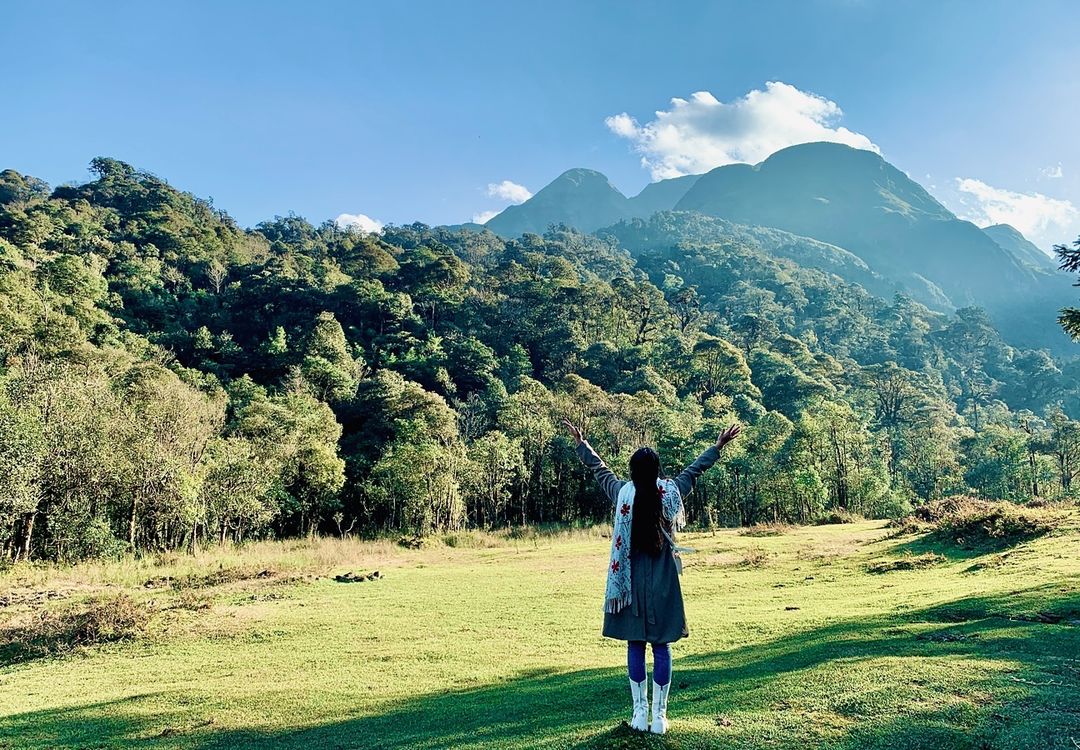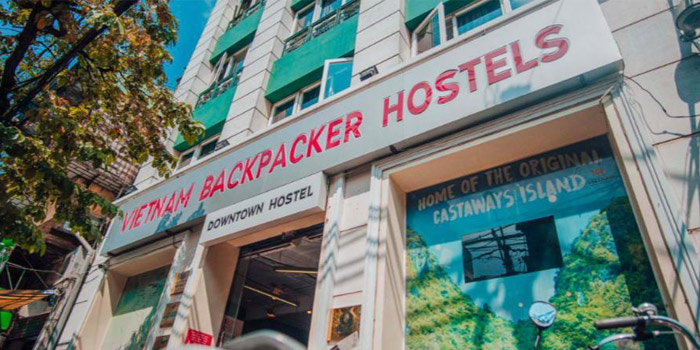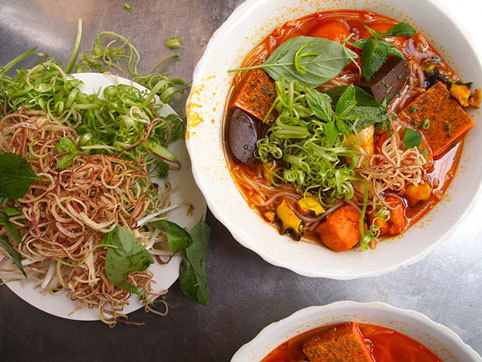
The Ultimate Guide to Traveling Vietnam on a Shoestring Budget – Explore Affordably
Vietnam is a dream destination for budget travelers, offering breathtaking landscapes, rich culture, and mouthwatering cuisine without draining your wallet. The Ultimate Guide to Traveling Vietnam on a Shoestring Budget will help you navigate this incredible country while keeping costs low. From planning your trip to uncovering hidden gems, this guide ensures you experience Vietnam’s magic without overspending.
Introduction: Unveiling Vietnam on a Shoestring

Vietnam’s charm lies in its diversity—lush mountains, bustling cities, serene beaches, and ancient towns. Traveling here on a budget doesn’t mean missing out; it means experiencing the country authentically. This guide will walk you through every step, from pre-trip preparations to on-the-ground strategies, ensuring you make the most of every dollar (or dong!).
Why Vietnam is Perfect for Budget Travelers
Vietnam remains one of the most affordable destinations in Southeast Asia. Accommodation, food, and transportation are incredibly cheap compared to Western standards. Even in tourist hotspots, budget-friendly options abound if you know where to look.
The country’s infrastructure caters well to backpackers, with hostels, local eateries, and efficient public transport. Plus, Vietnam’s compact geography allows you to explore multiple regions without spending excessively on travel.
Mindset Shift: Traveling Smart, Not Expensively
Budget travel isn’t about deprivation—it’s about prioritizing experiences over luxury. In Vietnam, street food often tastes better than restaurant meals, and homestays offer deeper cultural immersion than hotels. Adopting a local mindset helps you save money while enriching your journey.
Key Budgeting Principles
Set a daily spending limit (e.g., $20–$30) and track expenses. Avoid unnecessary splurges by researching free activities and affordable dining spots. Flexibility is key—traveling during off-peak seasons or adjusting your itinerary can lead to significant savings.
Pre-Trip Planning: Maximizing Your Budget Before You Go

Smart planning is the foundation of a budget-friendly trip. From securing cheap flights to understanding visa requirements, these steps ensure you start your journey on the right financial foot.
Timing Your Trip for Maximum Savings
Vietnam’s climate varies by region, so timing your visit strategically can save money and enhance your experience. The north (Hanoi, Sapa) is best from October–April, while central Vietnam (Hoi An, Da Nang) is ideal February–May. The south (Ho Chi Minh City, Mekong Delta) is most pleasant November–April.
Traveling during shoulder seasons (April–May, September–October) means fewer crowds and lower prices. Avoid peak holiday periods like Tet (Vietnamese New Year), when prices surge and transport becomes chaotic.
Securing Affordable Flights
Use flight comparison tools like Skyscanner or Google Flights to find the best deals. Consider flying into less crowded airports (e.g., Da Nang instead of Hanoi) or booking multi-city flights to save on internal travel. Budget airlines like Vietjet Air offer domestic flights for as low as $20–$30.
Booking 2–3 months in advance typically yields the best prices. Be flexible with dates—midweek flights are often cheaper than weekend ones.
Navigating Visa Requirements
Vietnam’s visa policies vary by nationality. Many travelers opt for the e-visa, a cost-effective and hassle-free option. Apply online through the official government portal to avoid scams.
For longer stays, a visa on arrival (VOA) is another option, but ensure your airline allows it. Always check the latest requirements, as regulations can change.
Packing Smart to Avoid Extra Costs
Packing light saves on baggage fees and makes travel easier. Essentials include:
- Lightweight, quick-dry clothing
- Comfortable walking shoes
- Universal adapter
- Reusable water bottle (with a filter for tap water)
- Basic first-aid kit
Avoid overpacking—laundry services in Vietnam are cheap, and you can buy anything you forget locally.
Affordable Accommodation: Hostels, Guesthouses, and Budget-Friendly Options

Vietnam offers a wide range of budget accommodations, from social hostels to charming homestays. Knowing where to stay can drastically cut costs without sacrificing comfort.
Hostels: The Backpacker’s Best Friend
Hostels are the most economical option, with dorm beds starting at $3–$5 per night. Many hostels offer free breakfast, social events, and travel advice. Look for highly rated options on Hostelworld or Booking.com.
Choose hostels with good kitchens—cooking your own meals saves money. Female travelers may prefer female-only dorms for added comfort.
Guesthouses and Budget Hotels
For more privacy, guesthouses and small hotels offer private rooms for $10–$15 per night. These often include basic amenities like Wi-Fi and air conditioning. Family-run guesthouses provide a more personal touch and local insights.
Negotiate rates for longer stays, especially in less touristy areas. Always inspect the room before committing.
Homestays: Immersive and Inexpensive
In rural areas like Sapa or the Mekong Delta, homestays offer a unique cultural experience for $5–$10 per night. You’ll stay with local families, enjoy home-cooked meals, and learn about traditional lifestyles.
Homestays are often arranged through trekking tours, combining accommodation with activities. Research reviews to find reputable hosts.
Alternative Options: Overnight Buses and Work Exchanges
Overnight buses or trains double as accommodation, saving you a night’s lodging. For long-term travelers, work exchanges (e.g., Workaway or HelpX) provide free stays in exchange for a few hours of work daily.
Navigating Vietnam: Cheap Transportation Strategies
Getting around Vietnam is affordable if you choose the right options. From sleeper buses to motorbike rentals, here’s how to travel smart.
Buses: The Most Budget-Friendly Choice
Vietnam’s bus network is extensive and cheap. Sleeper buses (e.g., Hanoi to Ho Chi Minh City for $20–$25) save on accommodation. Book through reputable companies like The Sinh Tourist to avoid scams.
Local buses within cities cost pennies but can be confusing. Use apps like Grab for hassle-free rides.
Trains: Scenic and Comfortable
Trains are pricier than buses but offer more comfort and stunning views. Overnight trains (e.g., Hanoi to Da Nang) save on lodging. Book soft seats or sleeper berths for long journeys.
Purchase tickets at stations or through official websites to avoid markups.
Motorbikes: Freedom on Two Wheels
Renting a motorbike ($5–$10 per day) is a popular way to explore. The Ha Giang Loop and coastal routes are unforgettable. Always wear a helmet and check the bike thoroughly before renting.
For short trips, xe om (motorbike taxis) are cheap and convenient. Negotiate fares in advance.
Cyclos and Bicycles
Cyclos are touristy but fun for short rides in Hanoi or Hue. Bicycles are a cheap and eco-friendly way to explore towns like Hoi An. Many hostels offer free or low-cost bike rentals.
Conclusion
Vietnam is a paradise for budget travelers, offering unforgettable experiences without high costs. By planning wisely, choosing affordable accommodations, and embracing local transport, you can explore this vibrant country on a shoestring. The Ultimate Guide to Traveling Vietnam on a Shoestring Budget equips you with the tools to make the most of your adventure—affordably and authentically. Happy travels!
`




